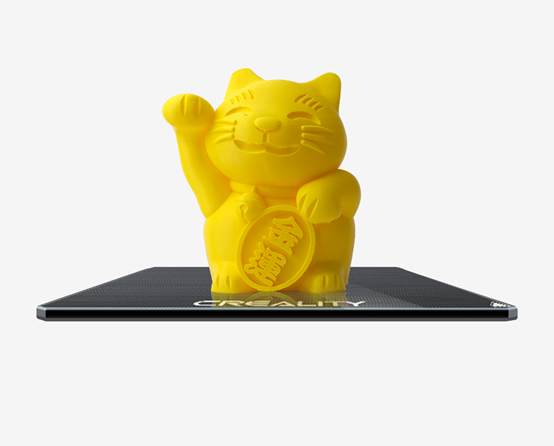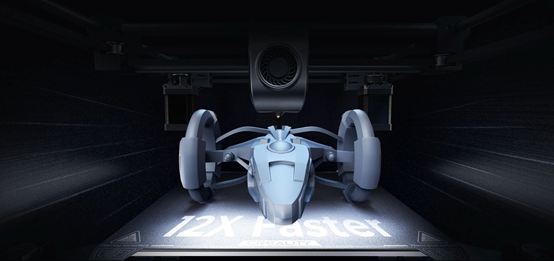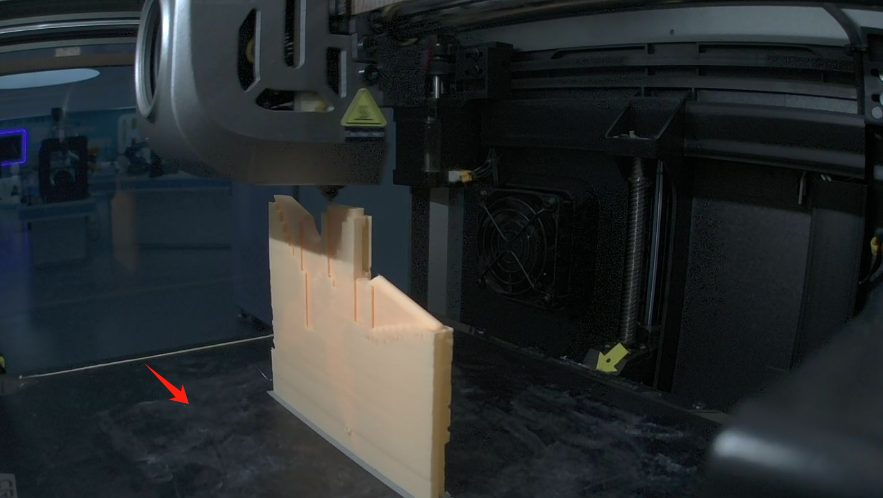Your print is looking perfect but suddenly, at mid-print it starts peeling off. Or maybe your first layer looks messy and inconsistent.
What should you do in this situation? Purchase a new print bed? Or replace your 3D printer?
The answer is none of these.
Because often the real culprit is your print bed. When the print bed is dirty, it'll give rise to issues like poor print bed adhesion, warping, uneven layers, etc.
However, hiring professional cleaners might break the bank. But you don't have to worry about that.
This guide teaches an important aspect of 3D printer maintenance: cleaning printer beds at home. From basic steps to printer bed surface, excellent cleaning solutions and much more.
It will enhance print quality and prolong the printer's lifespan. So are you ready to clean 3D printer bed?
Let's dive into it.
How to Clean 3D Print Bed: Pre-Cleaning Preparation
Your safety should be the topmost priority in the cleaning process. So you need to follow basic safety steps. First, unplug the bed and let the 3d printer print surface cool down.
Because it’s immensely dangerous, it can also warp certain surfaces. Wear gloves so you don’t leave any oils or fingerprints.
Note: Avoid using ammonia based cleaners, as they can leave residues or damage certain bed surfaces like PEI or BuildTak.
Here’s a quick overview of cleaning supplies you’ll need for print bed cleaning.
|
Category |
Tools/Materials |
Use |
| Essentials |
Paper towel |
Quick cleanups |
|
Microfiber cloth |
Wipes without scratching |
|
|
Plastic scraper |
Lifts residue safely |
|
|
Advanced |
Warm soapy water |
Soaks and cleans glass beds |
|
Citric acid solution |
Solution for stubborn residue |
|
|
Adhesive remover |
Removes sticky buildup |
|
|
Optional |
Lint-free dry cloth |
Final wipe-down |
|
Cotton swabs |
Cleans corners/edges |
|
|
Nitrile gloves |
Avoids fingerprint oils |
Tips: Using Isopropyl alcohol to clean the print bed may damage the surface coating and reduce adhesion. It's recommended to consult the official support team to confirm whether your print bed is compatible with alcohol cleaning.
Do you want an all-in-one cleaning kit? Or spend a fortune on different cleaning products?
Most experts recommend Creality’s Official Cleaning Kit. It has everything you need to maintain your print bed properly. Thus ensuring that the entire cleaning process is safer, more effective, and cleaner. Watch this video for detailed understanding.
Step-by-Step Cleaning Guide by Bed Type
Every 3D print bed is different, and so is the way you clean it. Creality offers a wide range of surfaces and utilizes unique practices to maintain print bed adhesion.
So, let's see how you can avoid issues like your 3D printer sticking to bed or losing quality over time.
Let’s break it down according to the print bed surface type.
Glass Beds
Let's suppose you've Creality’s Ender-3 Carborundum Glass Bed. It has ultra-smooth finishes and strong adhesion during prints.

But what if you don't clean it for months?
Then, like any surface, it'll have issues like poor adhesion and surface warping. Here's how to clean glass 3D printer bed like this one.
Wipe the surface with alcohol. Is the glass removable?
Then, you should soak it in warm, soapy water for 10–15 minutes. This will loosen the filament residue. Don't use abrasive materials like metal scrapers. Because the micro-scratches impact print adhesion.
Magnetic PEI Spring Steel Beds
Magnetic PEI spring steel beds are found in models like the Creality K1 series.

Follow these steps to clean it.
First, you need to soften the residue using warm water and a bit of mild soap. Gently wipe the surface in one direction.
But there's one thing you must avoid.
That's Acetone.
It degrades the PEI surface and reduces grip. For stubborn filament marks, apply alcohol. Then, after 30 seconds, wipe it.
Textured BuildTak Surfaces
For BuildTak-style beds, heat the bed slightly before cleaning. Then, scrape it using a plastic tool. Don't use generic household cleaners.
Then, what should you do?
Use specialized BuildTak-approved cleaners or warm, soapy water. Replace sheets periodically to avoid running into issues.
Pro Tip: Sometimes, glue sticks or hairspray buildup can occur on bed types. To remove it, use warm, soapy water and clean with a soft sponge. Avoid scratching the surface.
Clean 3D Printer Bed by Contaminant Type
When cleaning the print bed knowing the basic steps isn't enough. You need to dive deeper and determine the contaminant type.
But why should you do that?
Because the cleaning method will vary. So let's look at some basic residues and how to clean a 3d print bed accordingly.
- PLA Residue:You can easily remove PLA from the print bed using warm water and a mild detergent with a microfiber cloth. Make sure to rub gently to avoid scratching the surface.
- ABS Residue: These are more stubborn. You can use diluted acetone solutions only for non-PEI surfaces.
- Glue or Hairspray Buildup: Citric acid solution (1 tablespoon in 1 cup of warm water) is ideal. The best part is its nontoxicity; it'll dissolve adhesive without damaging most bed types.

- Fingerprints & Oils: After frequent prints, it's important to clean the bed surface to remove invisible oils that can affect first-layer adhesion, especially when printing with PLA. Use a soft cloth with mild soap and warm water to wipe the surface gently and ensure optimal results.
Common Mistakes to Avoid
Most people clean their 3D print bed, but issues persist.
Do you know why?
Because they make some mistakes. But not anymore. Here are some common mistakes and how you can resolve them.
Mistake 1: Using Metal Scrapers
Metal tools are indeed efficient. But the problem arises when you use them aggressively.
They easily gouge the print bed and leave scratches. These scratches disrupt even surfaces and ruin adhesion, especially on PEI and glass.
Mistake 2: Printing Before the Bed Dries
Did you know that even a trace of moisture can ruin adhesion?
It causes prints to lift mid-process. So don't start printing immediately. Instead, let the bed air dry thoroughly.
Want to take extra precautions?
Then, clean it with a lint-free cloth.
Mistake 3: Using Acetone on PEI
When you clean a print bed at home, you might use an abrasive cleaner. So after cleaning, the texture degrades.
That's the difference between a professional and a DIY cleaner.
But don't worry. We'll tell you the trick experts use.
Don't use acetone for cleaning. It breaks down the surface of PEI sheets. Then what should you use for PEI sheet cleaning?
Pro Tip: We have curated a special guide, “Creality’s free 3D Printer Guide” to help you do expert-level printer maintenance without professional help. Check it now for advanced care tips.
FAQ Section
Q: How often should I clean my 3D printer bed?
You should spot-clean the bed after every print to remove oils and light residue.
It can be as simple as quick wipe-downs and basic dusting. But make sure to have proper deep cleaning sessions after every 5–10 prints.
Q: Why is my bed still sticky after cleaning?
This is a common problem people face while cleaning print beds. It usually happens due to improper cleaning techniques or residual cleaners.
Simply rinse the bed with clean water after using anything besides alcohol. Then, let it dry entirely before printing again.
Conclusion
Cleaning the 3D print bed isn't just about maintenance.
It's about ensuring print quality control. A clean print bed makes the paint stick better, reduces warping, and increases the overall quality of your prints. That’s how you can easily clean a 3D printer bed at home.
However, the right tools and cleaning can make a huge difference. That's why we highly recommend Creality’s Cleaning Kit. They have everything you need for cleaning and offer reliable, printer-safe maintenance tools that match your bed type.
Want to learn more about how to use your print bed?
Read our expert guide on How to Level a 3D Printer Bed to improve print accuracy and consistency.
